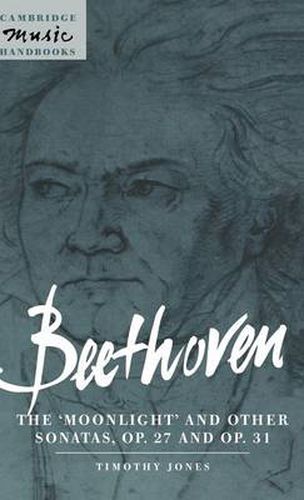Readings Newsletter
Become a Readings Member to make your shopping experience even easier.
Sign in or sign up for free!
You’re not far away from qualifying for FREE standard shipping within Australia
You’ve qualified for FREE standard shipping within Australia
The cart is loading…






Even in Beethoven’s day the ‘Moonlight’ Sonata was a popular favourite. This book provides an accessible introduction to the Sonatas Opp. 27 and 31 (including The ‘Moonlight’ and ‘The Tempest’), aimed at pianists, students, and music lovers. It begins with the works’ historical background - the emergence of a ‘piano culture’ at the end of the eighteenth century, Beethoven’s aristocratic milieu in Vienna, and his oft-quoted intention to follow a new compositional path. An account of the sonatas’ genesis is followed by a discussion of their reception history, including a survey of changing performing styles since the mid-nineteenth century. The concept of the Sonata quasi una Fantasia is examined in relation to the cult of artistic sensibility in early-nineteenth-century Vienna. And the study concludes with a critical introduction to each sonata.
$9.00 standard shipping within Australia
FREE standard shipping within Australia for orders over $100.00
Express & International shipping calculated at checkout
Even in Beethoven’s day the ‘Moonlight’ Sonata was a popular favourite. This book provides an accessible introduction to the Sonatas Opp. 27 and 31 (including The ‘Moonlight’ and ‘The Tempest’), aimed at pianists, students, and music lovers. It begins with the works’ historical background - the emergence of a ‘piano culture’ at the end of the eighteenth century, Beethoven’s aristocratic milieu in Vienna, and his oft-quoted intention to follow a new compositional path. An account of the sonatas’ genesis is followed by a discussion of their reception history, including a survey of changing performing styles since the mid-nineteenth century. The concept of the Sonata quasi una Fantasia is examined in relation to the cult of artistic sensibility in early-nineteenth-century Vienna. And the study concludes with a critical introduction to each sonata.